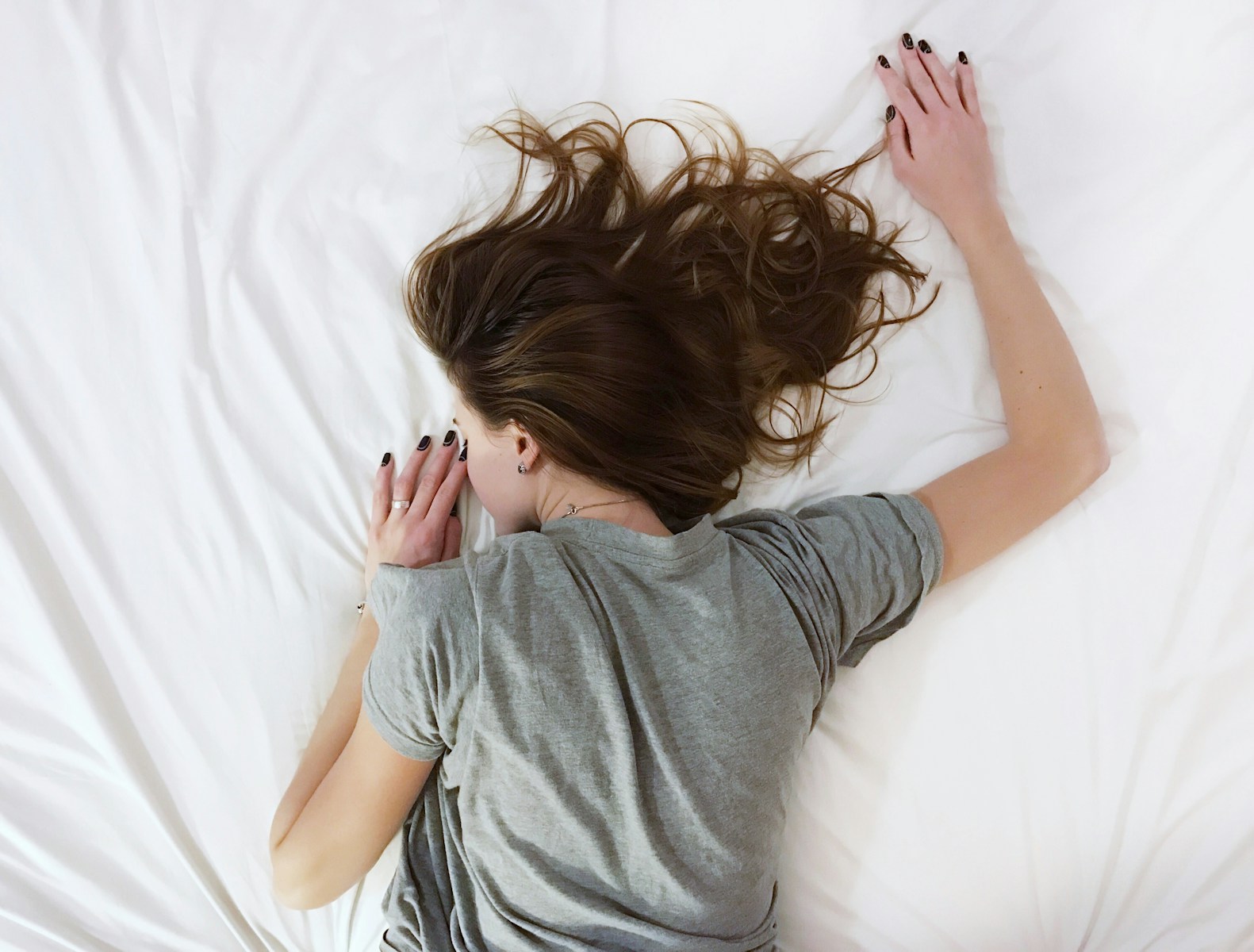**REM Sleep Behavior Disorder (RBD)** is a sleep disorder in which a person physically acts out vivid, often intense or violent dreams during the **rapid eye movement (REM)** stage of sleep. Normally, during REM sleep, the body experiences temporary muscle paralysis (called atonia) to prevent people from physically acting out their dreams. In people with RBD, this muscle paralysis is incomplete or absent, allowing them to move their limbs, talk, scream, punch, kick, or even jump out of bed during dreaming episodes.
### Key Features of REM Sleep Behavior Disorder:
– **Dream Enactment**: People may shout, hit, kick, or leap from bed in response to dreams, which they often vividly remember upon waking.
– **Timing**: The episodes tend to occur during the latter half of the night when REM sleep is more prominent.
– **Sleep Disruption**: Individuals may wake themselves or their bed partners due to their movements or vocalizations.
– **Injury Risk**: Because of the physical behaviors, there’s an increased risk of self-injury or injury to bed partners.
– **Awareness**: Unlike sleepwalking, people with RBD are often immediately alert if awakened and can recall the dream they were acting out.
### Causes and Risk Factors:
– **Neurodegenerative Diseases**: RBD is strongly associated with conditions like **Parkinson’s disease**, **Lewy body dementia**, and **multiple system atrophy**. It may be an early warning sign — in many cases, RBD symptoms appear years before these diseases are diagnosed.
– **Medications**: Some antidepressants and other drugs can trigger or worsen RBD symptoms.
– **Other Sleep Disorders**: It may occur alongside sleep apnea or narcolepsy.
– **Age and Gender**: Most common in men over the age of 50, although it can affect anyone.
### Diagnosis:
Diagnosis typically involves:
– Detailed **clinical history**
– **Polysomnography** (overnight sleep study) to document REM sleep without muscle paralysis and observe abnormal behaviors during sleep.
### Treatment:
– **Medications**: The most commonly used are:
– **Clonazepam** (a type of benzodiazepine)
– **Melatonin**, which may have fewer side effects and is also effective in many patients
– **Safety Measures**:
– Removing dangerous objects from the bedroom
– Placing cushions on the floor
– Using bed railings or sleeping in a separate bed if necessary
### Prognosis:
While RBD itself can be managed effectively, its presence may signal the later development of a neurodegenerative disease. Therefore, individuals diagnosed with RBD are often monitored over time for signs of neurological changes.
If you or someone you know is experiencing possible symptoms of RBD, it’s important to consult a healthcare professional or sleep specialist for evaluation and management.



